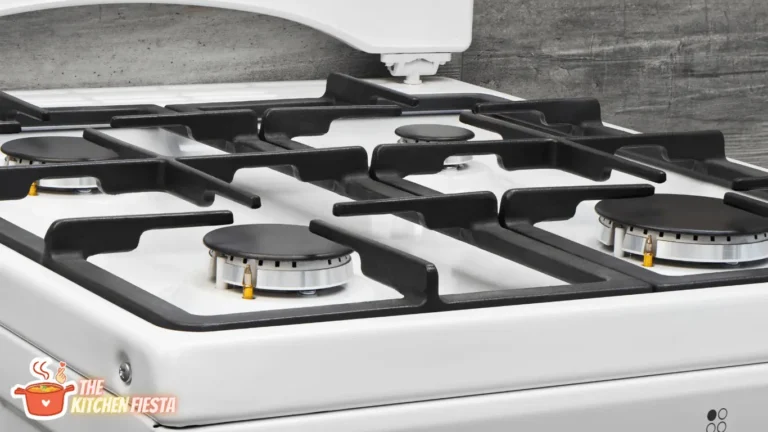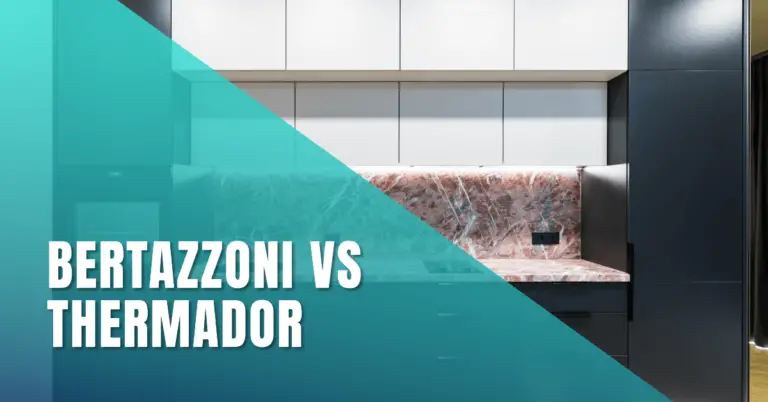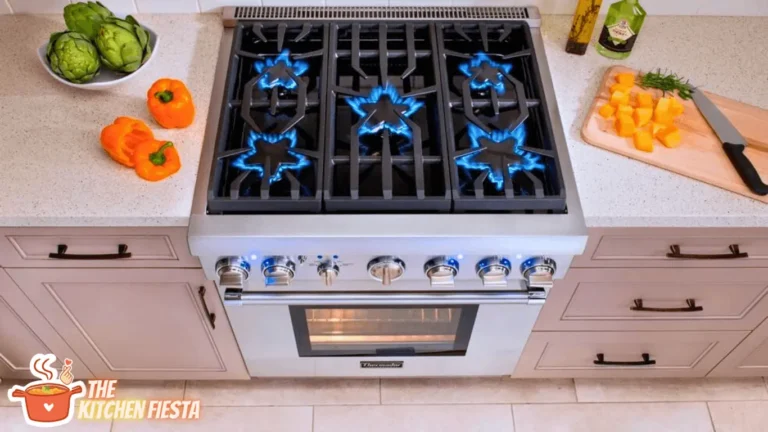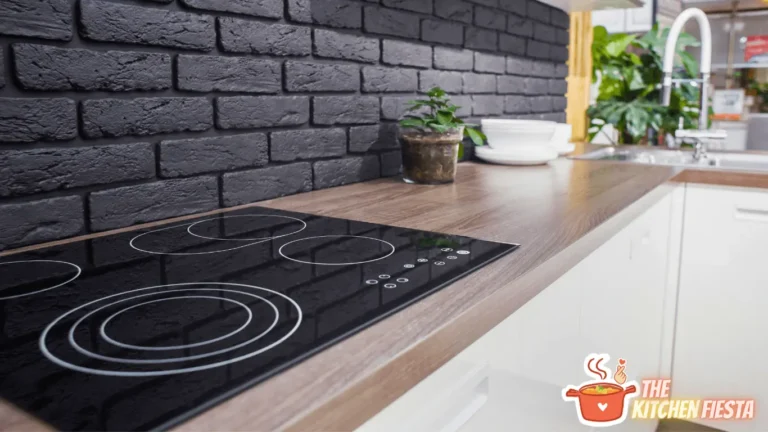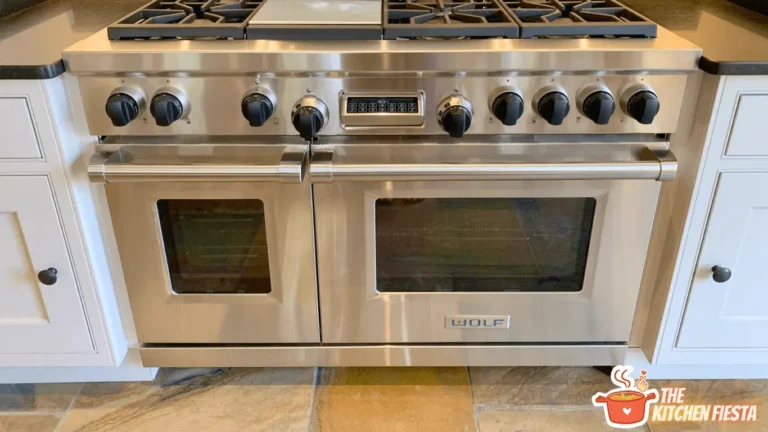Gas Stove Not Lighting But Clicking? Troubleshoot the Issue Here
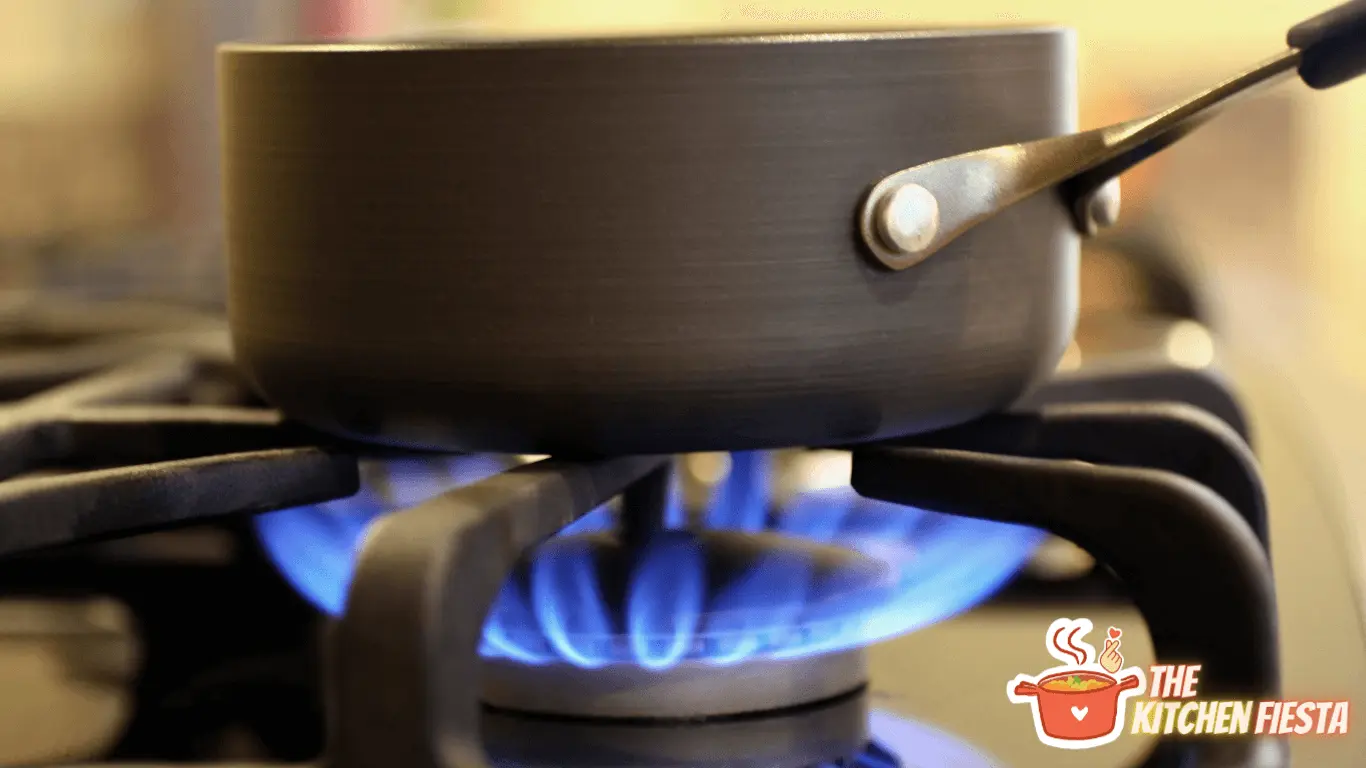
Have you noticed your gas stove burner clicking but not lighting? This frustrating issue is common in gas ranges and stovetops. In this comprehensive guide, we’ll outline the potential causes and troubleshooting steps to get your stove lighting properly again.
What Causes the Clicking Sound When a Gas Stove Won’t Light?
When you turn your stove burner knob to “ignite”, you expect to hear a clicking sound as the electric igniter generates a spark to light the gas. However, if the burner fails to actually ignite, that clicking sound continues as the stove tries again and again unsuccessfully to light.
There are a few common reasons why your gas stove burner keeps clicking but won’t light:
- Faulty or damaged igniter
- Clogged burner ports
- Problem with gas supply
- Moisture or debris on igniter or burner
- Out of alignment burner cap
Understanding the source of the issue is the first step toward fixing your stove. Let’s look at each of these common causes in more detail.
How to Check the Igniter on a Gas Stove
The most likely culprit for a stove burner that clicks but doesn’t ignite is a problem with the electric igniter. This small device uses an electric spark to ignite the gas when the stove knob is turned on.
Over time, the high temperatures and repeated sparking can damage the igniter. Signs that the igniter needs replacing include:
- No spark visible when the burner is turned on
- Very weak spark
- Uneven sparking across burner ports
To evaluate if the igniter is working properly, you’ll need to access the bottom of the stove burner. This typically requires removing the burner grates and lift out the burners. Then you can visually inspect the igniter as someone else turns the stove knob to “ignite”.
Watch for a bright blue spark jumping from the igniter to the burner ports. If there is no spark, then replacing the igniter is needed.
If a spark is present but the burner still won’t light, the issue may be with the igniter connections. Make sure all wiring is intact and tight. Loose connections can prevent sufficient spark.
Replacing a faulty stove igniter is usually straightforward. Turn off gas supply, unplug oven, disconnect igniter wiring, unscrew old igniter, replace with new igniter, reconnect wiring, plug oven back in, turn gas back on, and test for proper lighting.
How to Fix Clogged Gas Stove Burner Ports
Another common reason your gas stove keeps clicking is debris, food, or grease clogging the small burner ports. These ports are where gas flows out before being lit by the igniter. Even a minor blockage here can prevent successful ignition.
Cleaning the burner ports is an easy DIY fix:
- Remove burners and inspect ports for any blockages.
- Use a straightened paper clip, needle, or specialized burner cleaning tool to clear any debris from each port.
- Clean exterior of burner with warm soapy water and a scrub brush. Rinse and dry thoroughly.
- Before reassembling, test burner ignition without clogging debris present.
Be diligent about keeping these ports clear. Any food drops or spills can block the gas flow. Perform periodic inspection and cleaning to prevent ignition issues.
Checking for Problems with Gas Supply
For the stove burner to light, it needs proper gas supply. If there are interruptions or reductions in gas delivery to the burner, ignition failure can occur.
Start by confirming the main gas supply shut-off valve is fully open. This valve is typically located on the gas supply line entering the home.
Then check for obstructions or pinched gas supply lines under or behind the oven. Make sure no kinks are present in the flexible gas connector leading to stove.
Listen and smell around burners for any gas leaks when the stove knob is turned on. Small leaks in fittings or lines can reduce gas flow below what’s needed for ignition. Turn off gas immediately if a leak is detected and contact appliance service for repair.
Finally, confirm sufficient gas pressure by reviewing appliance specifications. A gas pressure tester can be used to measure supply pressure. Insufficient pressure may require adjustment at the main home gas regulator.
Moisture and Debris Causing Ignition Failure
Excess moisture or debris around the burner igniter or gas ports can also lead to intermittent lighting problems. Small food particles, grease, or liquids can insulate the igniter spark or block gas flow.
Ensure the igniter and burner are fully dry before reassembling the stove. Heat up the oven for 30 minutes at 300 degrees to speed up the drying process if needed.
Carefully inspect for any debris or dirt buildup around burner ports or igniter contacts. Use compressed air to clear out any areas with flour, sugar, dried liquids, or other contaminants.
The burner caps should sit flat and tight over the burner heads. If caps are askew or loose, the escaping gas may not ignite properly. Realign any shifted caps.
With the burners cleared of moisture and debris, the stove burner should ignite normally without all the clicking.
When to Call for Gas Stove Repair
If you’ve checked all the common issues above and the burner still clicks without lighting, then professional gas stove repair is likely needed. Contact an appliance service technician for the following issues:
- No spark at all from igniter – Needs complete igniter replacement
- Gas smell but burner won’t light – Problem with gas valve
- Burner lights but goes out – Weak flame indicating low gas flow
- Ignition issues across multiple burners – Internal gas supply blockage
- Visible cracks in burner – Requires burner replacement
- Burner cap misalignment not resolving – Adjustment needed
Many igniter-related issues are DIY fixable. But call in a pro for any other ignition failure causes or if you’re unable to get the burner lighting after troubleshooting. A technician has specialized tools and expertise to get your gas stove working properly and safely again.
4 Steps to Troubleshoot a Clicking Gas Stove
Follow these key troubleshooting steps to zero in on why your gas stove burner keeps clicking without igniting:
- Inspect the igniter for any spark when burner knob is turned on. Check igniter wiring.
- Remove burners and clean any clogged port openings with needle or pipe cleaner.
- Check for kinks in gas supply line. Confirm gas is on and pressure is adequate.
- Ensure igniter, burner, and caps are all dry and free of moisture or debris.
Fixing the issue often requires nothing more than a thorough cleaning, small part replacement, or minor gas line repair. But more involved repairs should be handled by a professional stove repair technician.
Common Questions About Gas Stove Click But No Ignition
Having trouble getting your gas stove to light? Review these helpful answers to frequent questions about stove click no ignition issues:
Is it normal to hear a clicking sound when the gas stove won’t light?
Yes, the clicking sound comes from the electric igniter sparking to try to ignite the burner. It’s normal to hear some clicking for a few seconds before successful ignition. But if clicking persists without lighting, there is an underlying issue.
Why does my gas stove ignite after clicking several times?
This delayed ignition is most often due to small obstructions or moisture in the burner ports preventing gas flow. The burner finally lights after repeated clicks dislodge or evaporate the debris. Thoroughly cleaning the ports should prevent this.
Can I replace just the igniter instead of the whole burner?
Yes, simply replacing the faulty igniter is a cost-effective repair for a clicking gas stove that won’t light. Match model numbers to get an exact replacement igniter module. Remove and swap in the new igniter using the same connections.
What if I don’t hear any clicking sound at all from my gas stove burner?
No clicking indicates there is no power getting to the igniter or the igniter unit itself has completely failed. Check supply voltage and wiring connections before replacing the entire igniter assembly.
How do I safely relight a gas stove after the flame goes out?
If the burner flame extinguishes, turn off the control knob and wait 5 minutes before attempting to relight. This allows any accumulated gas to dissipate and helps prevent a dangerous flare-up.
Key Takeaways: Resolving a Clicking Gas Stove
To recap, a persistent clicking sound without stove burner ignition is very common but easily correctable. Remember these tips:
- Inspect the igniter unit for any visible sparks when the burner knob is turned on.
- Clean any debris, grease or moisture buildup from the burner ports so gas can flow freely.
- Confirm proper and consistent gas supply pressure to the stove.
- Replace a damaged igniter module if no spark is visible during clicking.
- Call for professional service for any leaks, abnormal flame, or other unusual issues.
With some basic troubleshooting and maintenance, you can stop the endless clicking and get your gas stove lighting smoothly again. Consistent burner ignition ensures safe and frustration-free stove operation.

